Engine oil mixed with coolant or water
Three of the most significant fluids in an engine are oil, coolant, and water, as long as they are not mixed with or added to on another
The engine requires oil to keep it lubricated so that it can continue to function
The engine can maintain its optimal temperature thanks to the coolant
It’s a terrible indicator when you mix the coolant with the oil
This is because it often signifies a problem with a vital engine component or the cooling system
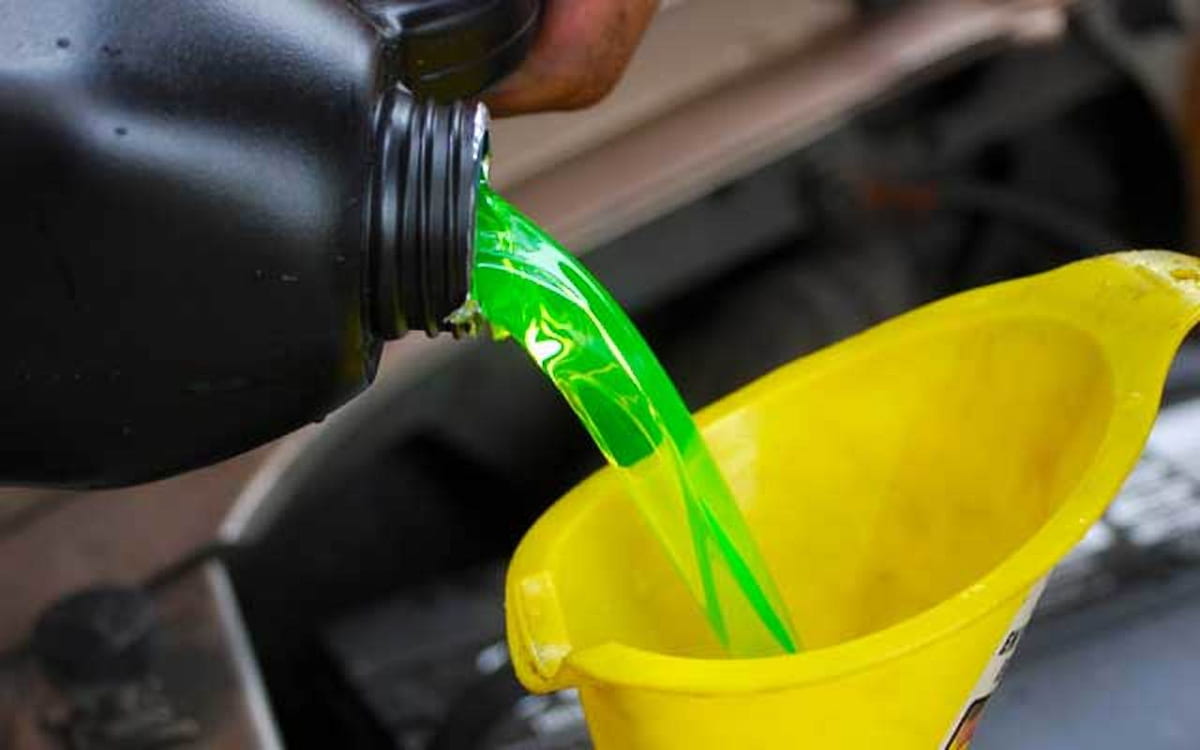
The oil and coolant combination may swiftly circulate throughout your car’s engine, which can lead to the engine overheating and, over time, increased engine wear
If you accidentally mix your vehicle’s oil and coolant, you may need to clean both systems as soon as possible
The process of draining and replacing the oil and coolant in your car is considered to be cleaning
To avoid re-mixing oil and coolant, faulty components should also be replaced
Gasket for the cylinder head The cylinder head gasket may be found between the engine block and the vehicle’s cylinder head
An oil leak from the engine may be caused by a pop-up head gasket, which would then mix with the coolant
If your head cushion falls out while you’re driving, you might do some major harm to the engine
This is because when exposed to high temperatures, cylinder heads are susceptible to breakage and deformation
The cylinder head may get damaged if it is subjected to temperatures too high
This is because the coolant is being sprayed in the wrong direction and ends up mingling with the oil
Some automobiles are equipped with an oil cooler, which brings down the engine oil’s temperature before it is recirculated back into the engine
If there is a leak in the oil coolant system, the two fluids can combine
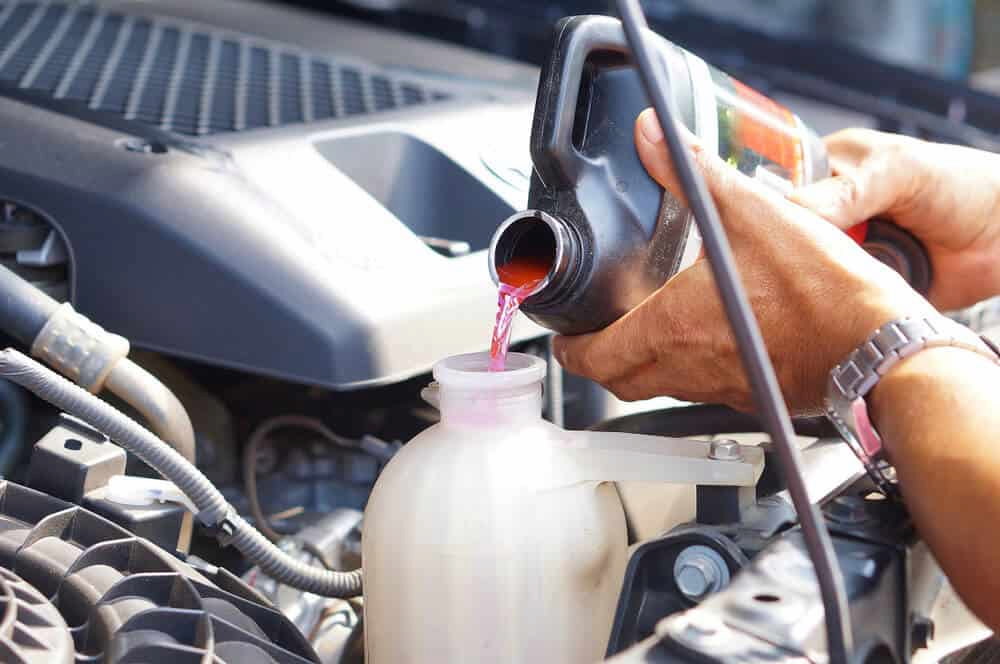
Engine oil mixed with coolant
How may the coolant get mixed with the oil in the engine? During normal operation, your vehicle’s engine and automatic gearbox draw coolant from the radiator to keep against overheating
This is accomplished by the use of a network of coolant pipes and hoses that are either attached to the engine itself or the radiator
The engine chain gaskets and seals include a control mechanism that prevents coolant from accessing internal portions of the engine that it should not enter, such as the crankshaft
This mechanism works as the coolant moves through the chain
Additionally, if the radiator fails, there is a possibility that oil may seep into the radiator or that the radiator would leak oil
If the coolant and the oil mix, the engine will not cool or lubricate itself as it should, which may lead to overheating
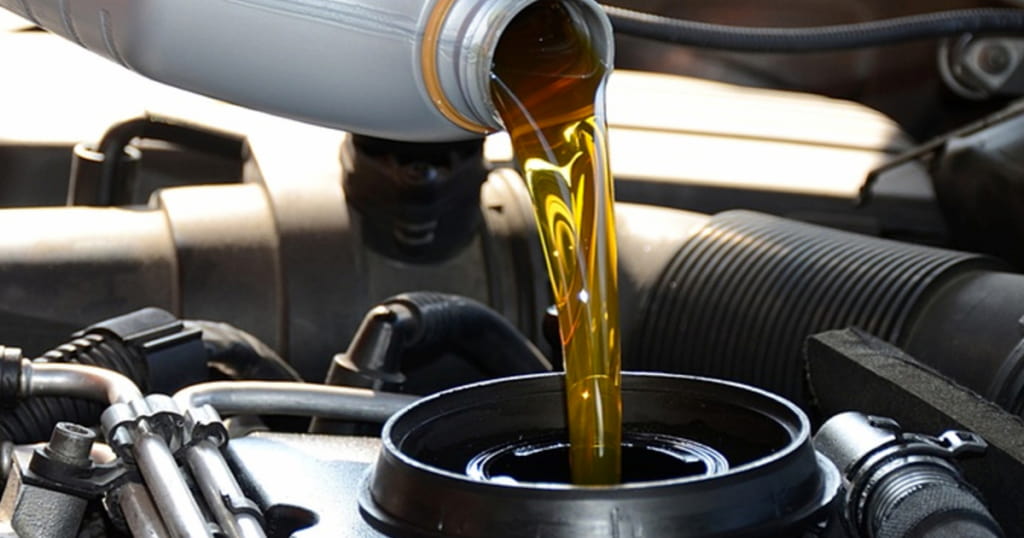
This might result in the engine overheating and wearing down more quickly
Keep an eye on the thermometer; if it shows that the temperature is too high, you should not drive
An excessive amount of smoke from the exhaust might result from a damaged cylinder head gasket or an engine cylinder if you notice that the exhaust is producing an excessive amount of smoke
If you suspect that the cylinder head gasket or the oil cooler on your vehicle has been damaged, it is in your best interest to take the vehicle to a reliable, trained, and experienced technician
Because of the potential for these issues to cause major and expensive damage to your engine over time, it is in your best interest to address them as soon as humanly feasible

Engine oil mixed with water
Overheating of the engine oil may also result in the gasket or cylinder head cracking in addition to the mixed oil with water
Oil and coolant may combine when the engine block or cylinder head are fractured
Coolant leakage from the oil pump may be caused by a broken water pump
The cooling system, radiator, water pipelines, and engine are all filled with water by the water pump
The coolant and oil cannot combine when a bad water pump is installed
When the engine overheats and cools, condensation happens
The engine contains water (condensate)
There is often little water to create issues
The water will spontaneously evaporate once the engine of your car reaches normal operating temperature
This section of the tank is ideal for you if you locate water there! flooding in a car engine? Never let water get into the gearbox or engine oil
Otherwise, a lot of foam will be created, which would drastically lessen the product’s ability to lubricate
There are two ways that water in a water engine might get into the oil pan: condensation of water in your car’s water into cold air or combustion gases
This phenomena is very uncommon and only happens at certain temperatures
Coolant leakage caused by non-waterproof seals and water in oil cylinder head gasket, etc
This indicates that there is a leak and that water has gotten into the oil
Your engine may suffer severe harm from water in the oil since it alters the oil’s properties and makes it less efficient at cooling
As soon as you can, get in touch with your repair shop
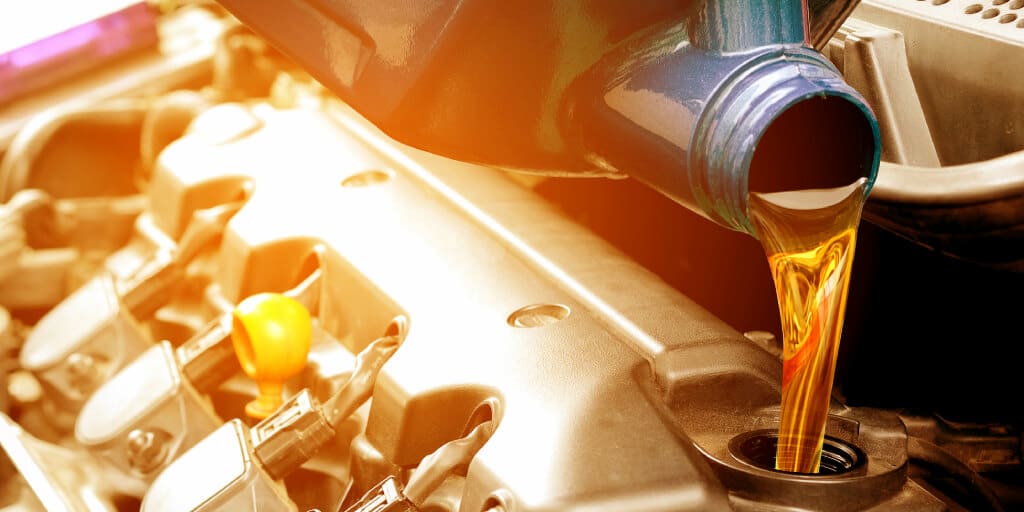
Mixing engine oil
Is mixing various brands, grades, and viscosities of engine oil possible? This is one of the most frequently asked topics on the internet
Having this knowledge will be crucial if you ever need to top up your engine oil on the road in an emergency
You should be aware of a few things even if auto-blended oil is healthy for your engine
Seals and bearings may be harmed when combined with several synthetic oil formulas for hydraulic systems, compressors, and gearboxes
Approved oils are exempt from this
All API oils have to be compatible with one another, and each product has a base oil and a collection of additives that combine to form the oil base and the specific features of the chosen engine oil
However, different oil manufacturers use different production techniques and methods, and the resulting oils may have different physical properties

however, it is possible to use oils from different manufacturers interchangeably as long as the remaining API guidelines are adhered to during the manufacturing process
Various companies use different formulas and have varying viscosities since the anti-corrosives, antioxidants, and detergents they employ in their products are combined in different ways
Even though the API assures their compatibility, you should still avoid mixing and combining motor oils from various brands or manufacturers
This is the best way to address this topic
This is not something that should be done if you are combining various kinds of oil, but there are occasions when we may find ourselves in circumstances where we have no choice
If you find yourself in a situation where you have to mix engine oil due to extreme circumstances, it is highly suggested that you replace the oil as soon as possible to prevent expensive damage to your engine
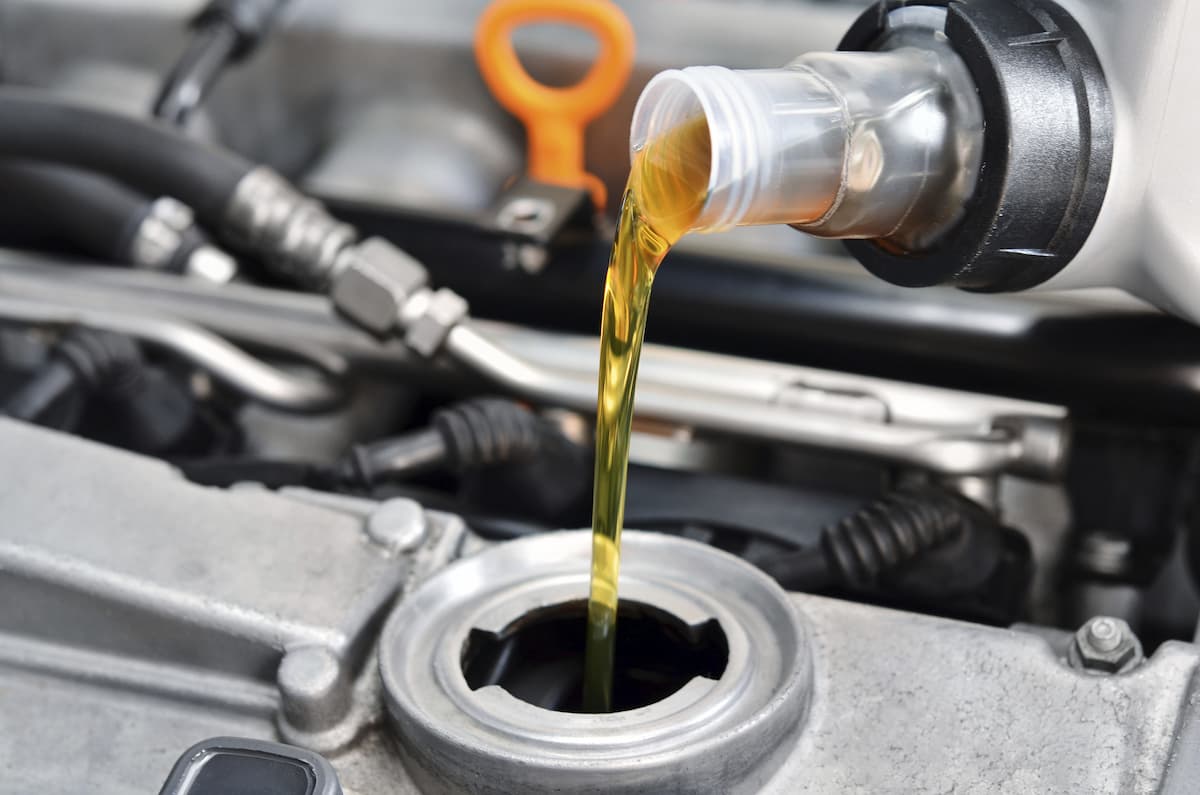
4-cycle engine oil and gas mix ratio
Does the engine in my 4-cycle automobile need a combination of gas and oil? How should the mix ratio be? It is essential to determine if the engine is a two-stroke or a four-stroke model
To put it another way, all that is required of two-stroke engines is the combination of gasoline and oil
It is extremely vital to add oil to the gasoline since oil is what lubricates the pistons and what seals the cylinders; thus, adding oil to the fuel is very important
Never put unmixed gasoline in a two-stroke engine because the lack of fuel will rapidly cause the cylinder to become damaged
The distinction between a two-stroke and a four-stroke engine may often be made with little effort

In most cases, the presence of a separate fuel line indicates that the engine in question is a four-stroke kind that does not need the addition of gasoline
Self-injected engines, such as those seen in certain two-stroke motorbikes and four-wheel drive cars, are the exception to this rule because they store the two-stroke oil in a separate reservoir
These engines are the exception to this rule
On the other hand, if the separate fill line or tank cap isn’t marked with oil and fuel symbols or a certain gasoline-to-oil ratio, then you have a two-stroke engine, and you need to mix oil with oil
This is the case if there isn’t a specific gasoline-to-oil ratio indicated on the vehicle
You may find out precisely what kind of engine you have and what kind of gasoline you use by consulting the owner’s handbook for your vehicle